Jade and emerald are both treasured for their mesmerizing green tones and have held places of prominence throughout history. These beloved gems have adorned the regalia of ancient emperors and modern royalty.
But beyond their shared hue, they harbor a world of unique qualities and attributes that set them apart.
We’re going to peel back the layers of these gemstone giants, highlighting their key differences in many different aspects. We’ll also celebrate their similarities and shared charm.
Through this, you’ll not only be able to distinguish between jade and emerald but also appreciate their individualities and uniqueness.
Whether you’re an aspiring geologist, a jewelry enthusiast, or simply a curious mind seeking to know more about the natural world, you’ll surely find this informative article useful. Buckle up as we delve into the enchanting realms of jade vs emerald!
Jade Vs Emerald – The Major Differences
First off, let’s go through the differences between jade and emerald. You might be surprised to know that some of their well-known similarities, like their hue, are actually where they’re different. All these and more as you continue reading below:
Color – Contrary to popular belief, Jade isn’t always green
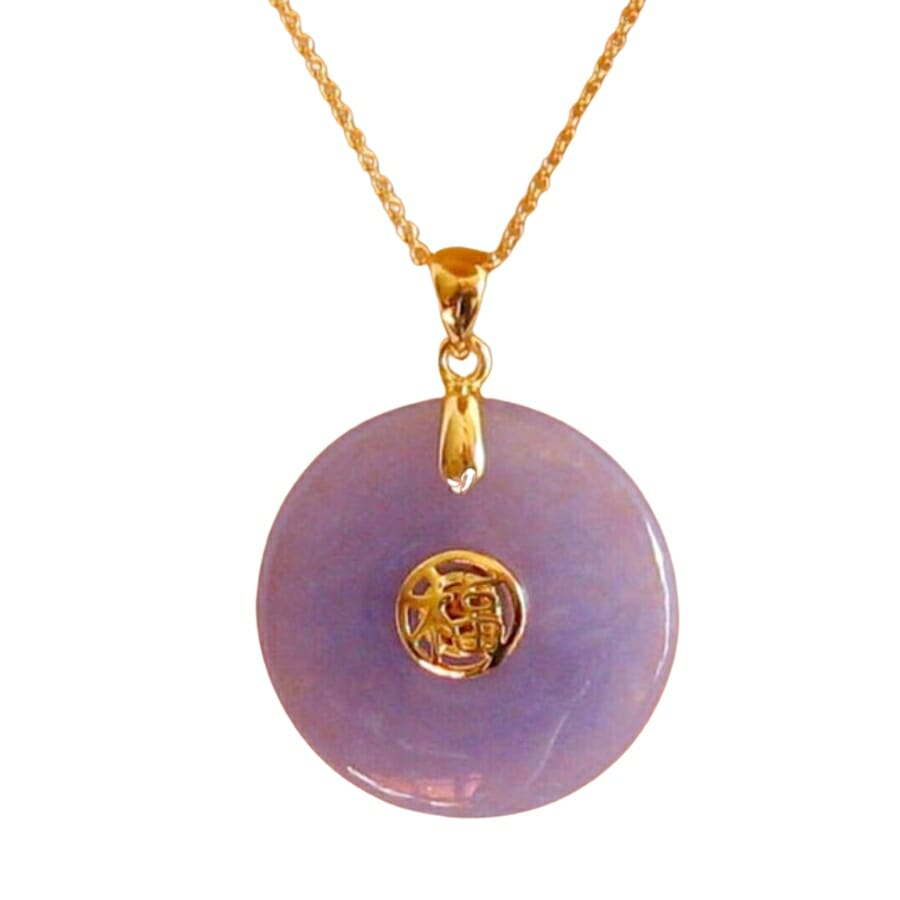
Jade and emerald are both famous for their alluring green colors. But contrary to popular belief, jade isn’t always green!
When we think of this gem, we often picture a rich, intense green. This green can range from a light, almost pastel green to a deep, dark green that seems full of mystery. In fact, jade comes in an array of colors: green, white, pink, brown, black, violet, and even a creamy color.
Emeralds, on the other hand, are well-known for their vibrant green color. This green is usually brighter and more intense than the green color of jade. An emerald’s shade can swing between a yellow-green to a blue-green, but the most prized ones are a pure, verdant green that seems to glow from within.
Even though both jade and emerald can be described as “green” gems, their unique color ranges make them easily distinguishable.
Jade’s green tends to be softer and more subdued, while emerald’s green is brighter and more intense. The intensity of their green hues is part of what makes them both so special and sought-after.
Luster – Emerald shines and reflects like a glass
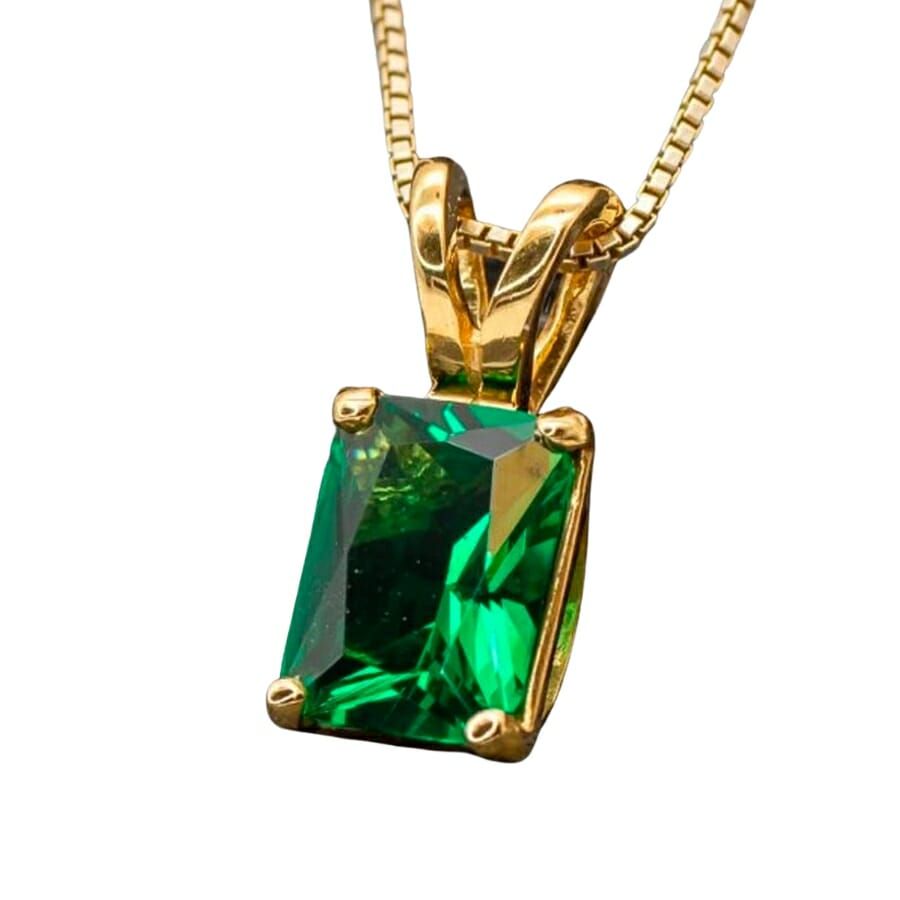
When it comes to the luster and appearance of jade and emerald, the differences are pretty striking.
Jade is known for its pearly, almost waxy look. It’s not as shiny as some other gemstones, but that’s part of its charm. When you look at it closely, you might even notice some vein-like or cloud-like patterns that give each piece its own unique character.
Emeralds, in contrast, have a glass-like shine that makes them sparkle and catch the light. They are often cut into faceted shapes to enhance this sparkling effect. Unlike the smooth appearance of jade, emeralds often have little imperfections or inclusions inside, which are referred to as “jardin,” or garden.
Also, when you look at an emerald, it might appear more transparent than jade, especially high-quality ones. This clarity, combined with its brilliant shine, gives it a look of elegance and luxury.
Structure – Jade doesn’t have visible crystal faces
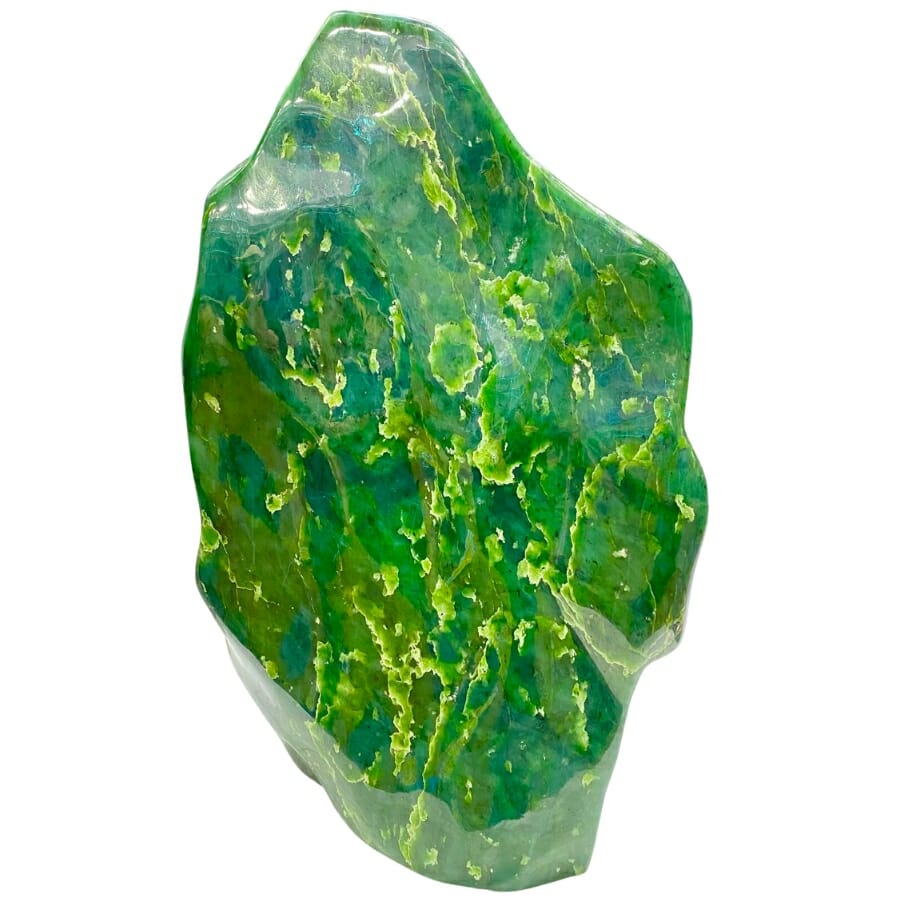
You might ask, what’s the deal with crystal structures and why do we need to think about this when it comes to gemstones? Well, this feature can make a big difference in how gemstones look and feel.
Jade, for example, doesn’t have a regular, repeating crystal structure like some other gems. Instead, it’s made up of tightly interlocking crystals that form a dense, fibrous structure.
The two types of jade— nephrite and jadeite— each has a different type of structure. But neither of them has visible crystal faces, which contributes to its strength and toughness.
Emeralds, on the other hand, have a different story. They belong to a group of minerals known as beryl and have a hexagonal crystal system. This means their crystal structure forms in six-sided prisms.
When an emerald forms without any obstructions, you can actually see its hexagonal shapes. This structure contributes to its shape, clarity, and the way it breaks or cleaves.
Cleavage – Emerald is more prone to breakage
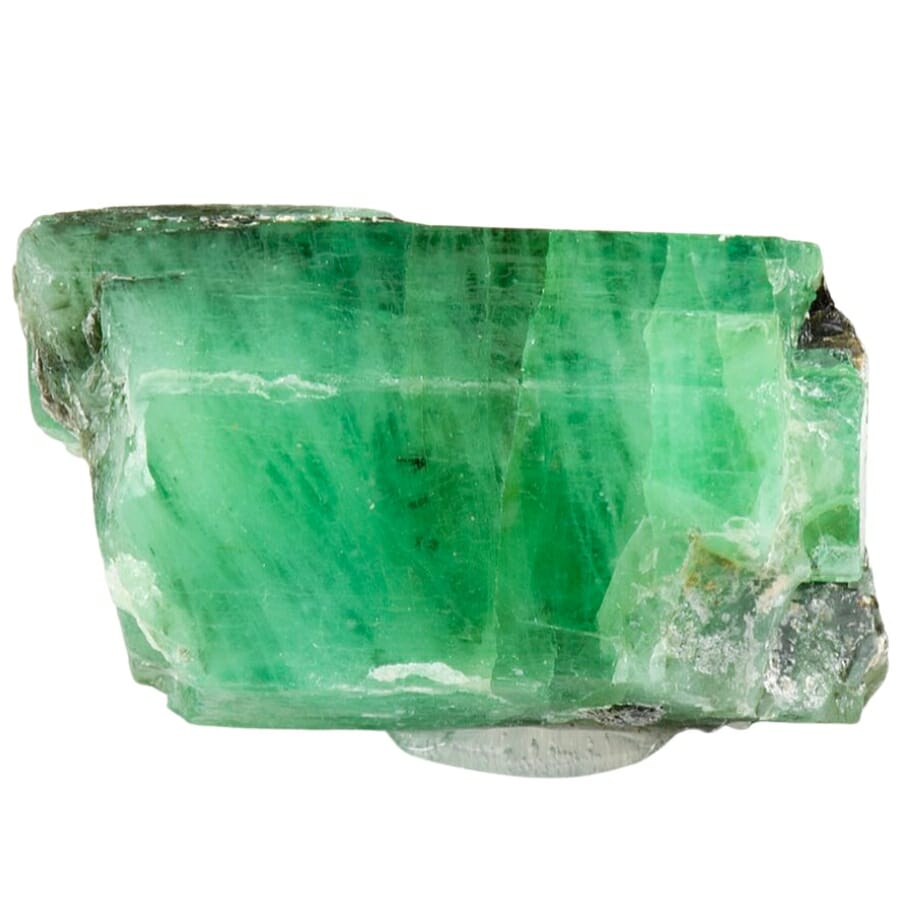
Cleavage is a scientific word that describes how a mineral breaks, and believe it or not, different gemstones break in different ways. This can tell us a lot about their structure and durability.
One of the cool things about jade is that it has no cleavage, which means it doesn’t naturally break along flat planes. Instead, because of its interlocking crystal structure, it tends to break in a way that’s more splintery or fibrous.
This characteristic makes jade incredibly tough and resistant to breakage. That’s why it’s often used for carving intricate objects and figures.
Emeralds, though, have what’s called “imperfect cleavage.” This means they do tend to break along certain planes and have poor resistance to breakage in general. And when they do, they can fracture in a way that looks a bit like a seashell.
Because of this, emeralds need to be handled with a bit more care than jade to prevent damaging them. In other words, even though jade and emerald might both look strong and solid, the way they break or cleave reveals a hidden layer of their character.
Fluorescence – Jade does not exhibit fluorescence
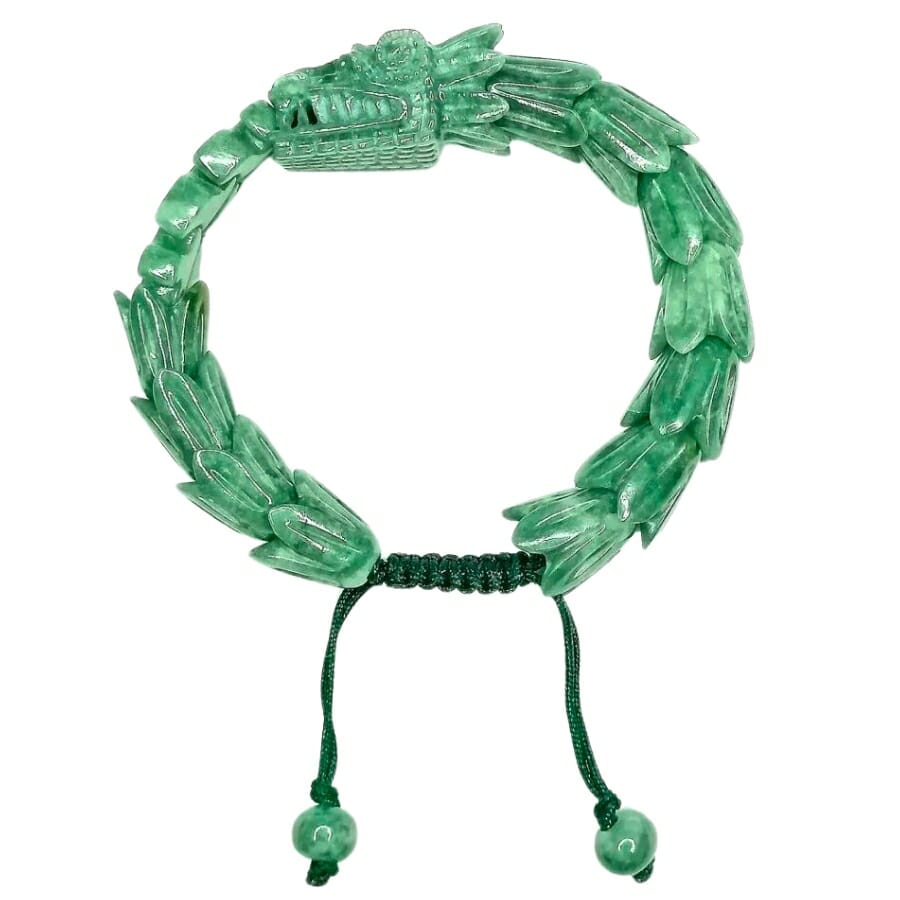
Fluorescence is not always visible to the naked eye. This characteristic describes how certain gemstones glow or fluoresce under ultraviolet light.
For jade, this characteristic is typically absent. Both jadeite and nephrite don’t show any noticeable fluorescence under UV light, so if you shine a blacklight on a jade gemstone, it won’t light up or glow.
Emeralds, on the other hand, can sometimes exhibit fluorescence. When exposed to UV light, some specimens can glow a weak green, red, orange, or pink color. But remember, not all emeralds will show this, and the strength of the fluorescence can vary from one gem to another.
Hardness – Emeralds can be brittle and prone to cracking
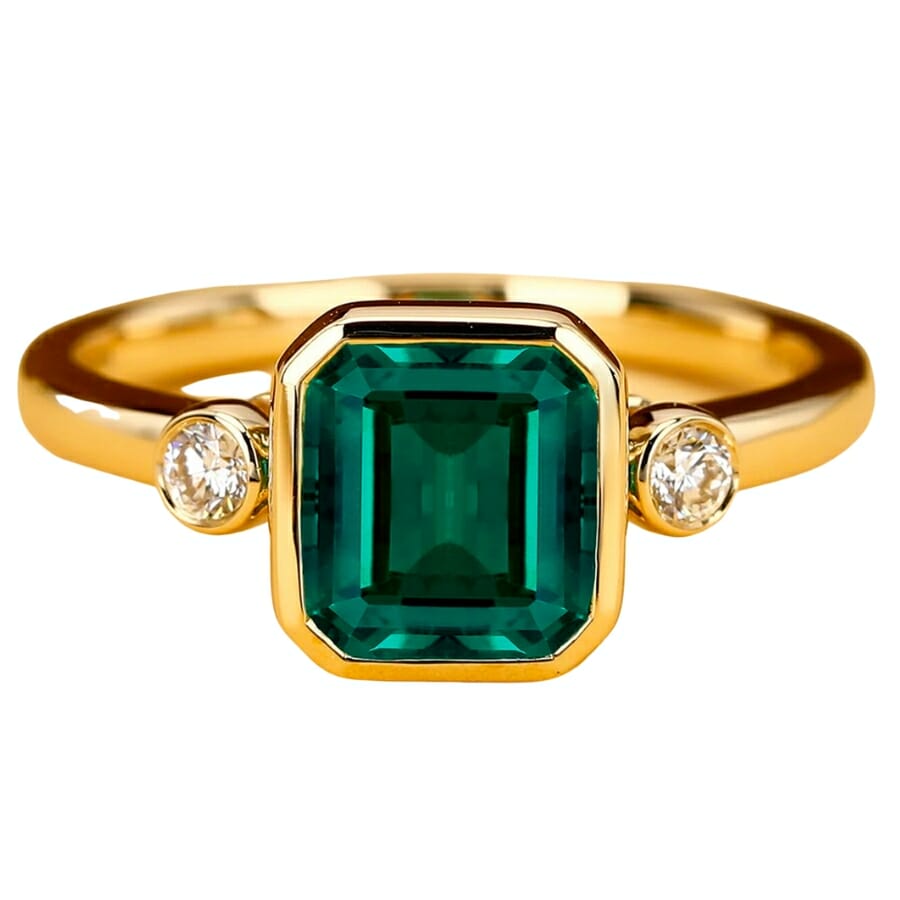
Jade is known for being quite tough. On the Mohs scale of hardness, which goes from 1 (super soft) to 10 (super hard), it ranges between 6 and 7. This toughness is one reason jade has been used for centuries to make tools and artwork.
But emeralds are even harder! They typically fall between 7.5 and 8 on the Mohs scale, which means they’re more resistant to scratches compared to jade. But don’t be fooled! Despite being harder, emeralds can be more brittle because they often have natural flaws or inclusions.
Composition – Jade comes in pyroxene or amphibole
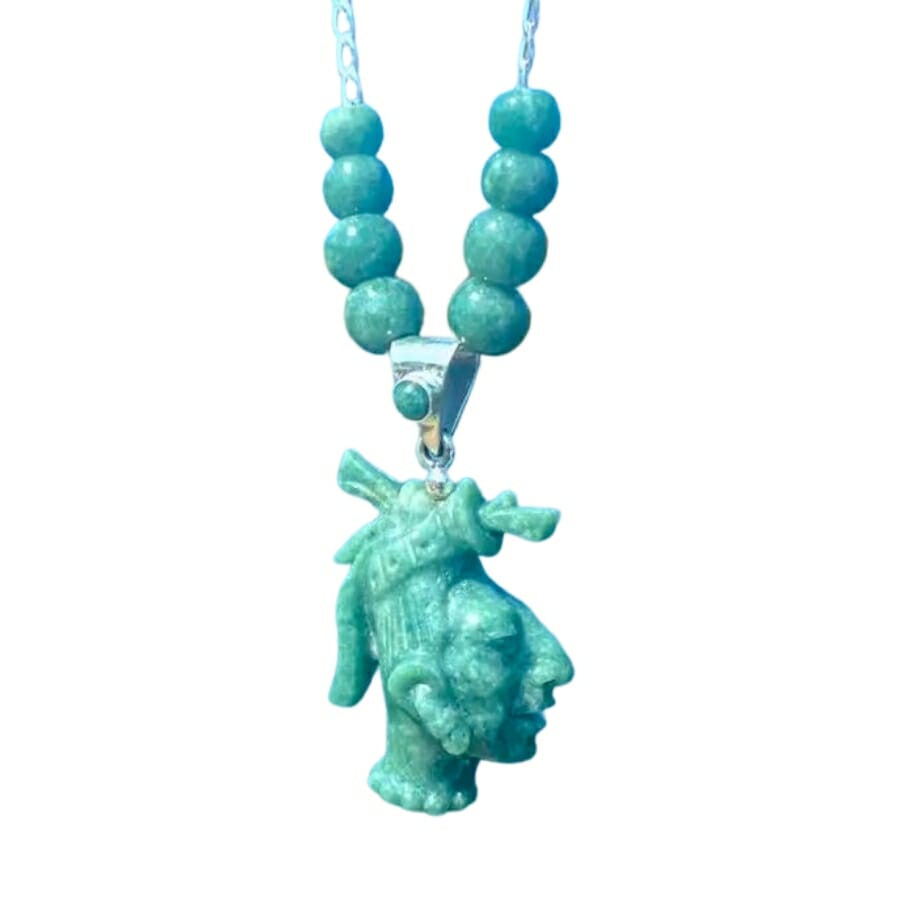
Chemical composition might sound like a fancy term, but it’s really just what a gemstone is made of, like its recipe. Jade and emerald are made of totally different ingredients, which help create their unique colors and properties.
Jade is actually a name for two different minerals: jadeite and nephrite. Jadeite is pyroxene rich in sodium and aluminum, while nephrite is a form of amphibole that’s rich in calcium, magnesium, and iron.
Emeralds, on the other hand, are a variety of beryl, and their recipe is a bit different. They’re made of beryllium aluminum silicate, with traces of chromium and, sometimes, vanadium. These elements give emeralds their vibrant green color.
Even though you can’t see a gemstone’s chemical composition just by looking at it, this hidden feature plays a big role in distinguishing emerald vs jade.
Density – Emerald has a lower density
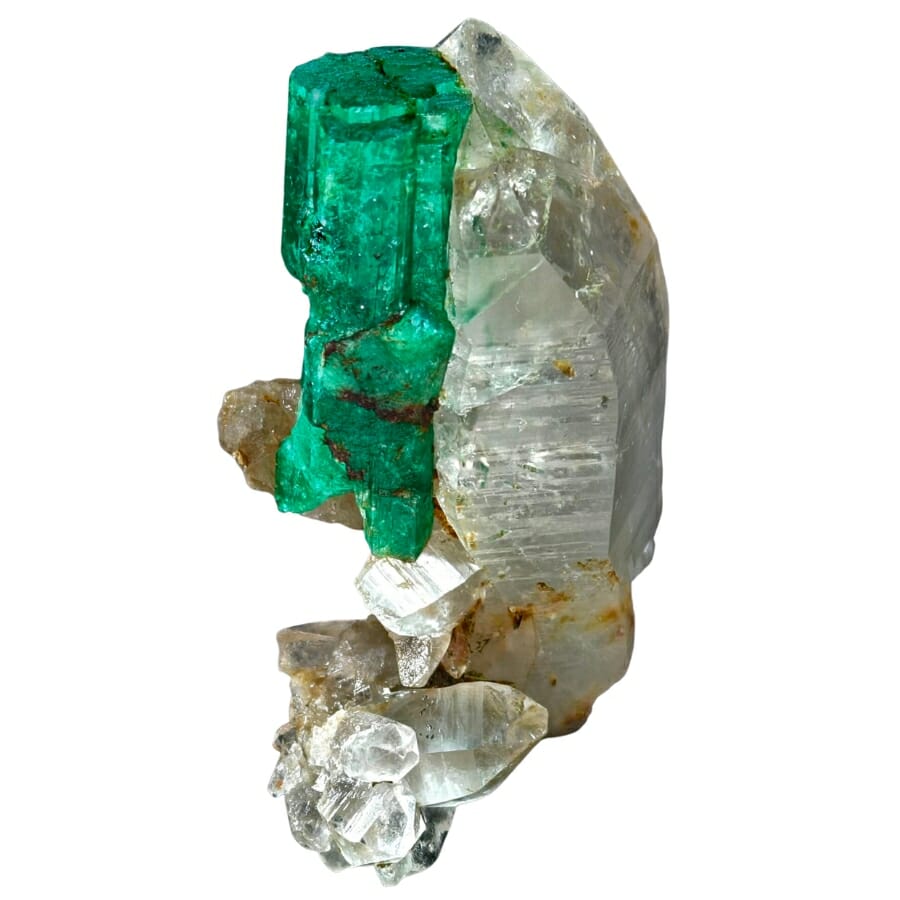
Density tells us how much matter is packed into a certain space. Think of it this way: a fluffy marshmallow and a same-sized rock have different densities. The rock has more matter packed into it, so it’s denser.
Jade, whether it’s jadeite or nephrite, is pretty dense. Its density is between 2.9 and 3.7 grams per cubic centimeter, which makes it heavier than some other gemstones of the same size.
Meanwhile, emeralds have a slightly lower density. They typically fall in the range of 2.67 to 2.78 grams per cubic centimeter.
That means, if you have a piece of jade and a piece of emerald that were of the same size, the jade would be heavier.
Formation – Jade forms under high pressure and low temperature
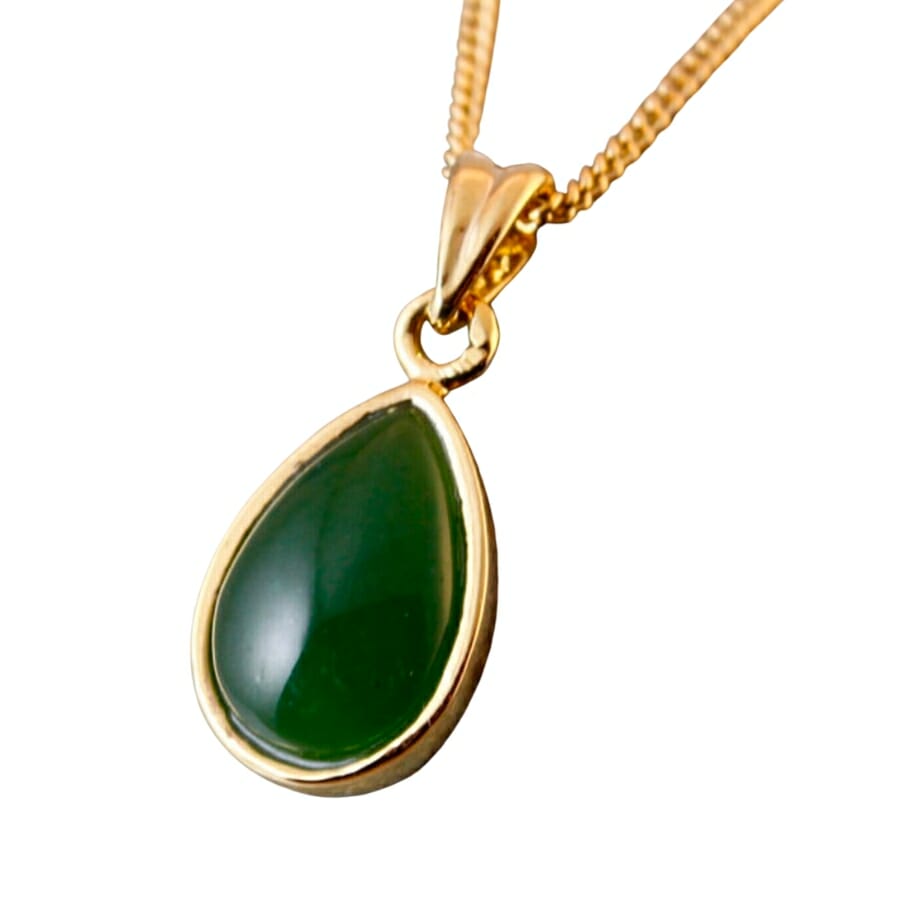
Just like superheroes have origin stories, so do gemstones! Jade and emerald each have their own unique tales of formation that happened over millions of years.
Whether jadeite or nephrite, jade forms under really high pressure, but not super high temperatures. This usually happens deep within the Earth’s mantle, the layer under the crust. When movements in the Earth’s crust happen, jade can get pushed up closer to the surface.
Sometimes, jade is found in or around places where two tectonic plates meet.
Emeralds have a different formation story. They’re formed when beryllium, chromium, and vanadium are brought together under specific conditions.
This often happens in places where rocks deep in the Earth’s crust are changed by hot fluids from magmatic or hydrothermal activity. These conditions are quite rare, which is why emeralds are so precious.
Location – Emerald can be found in Colombia and other countries
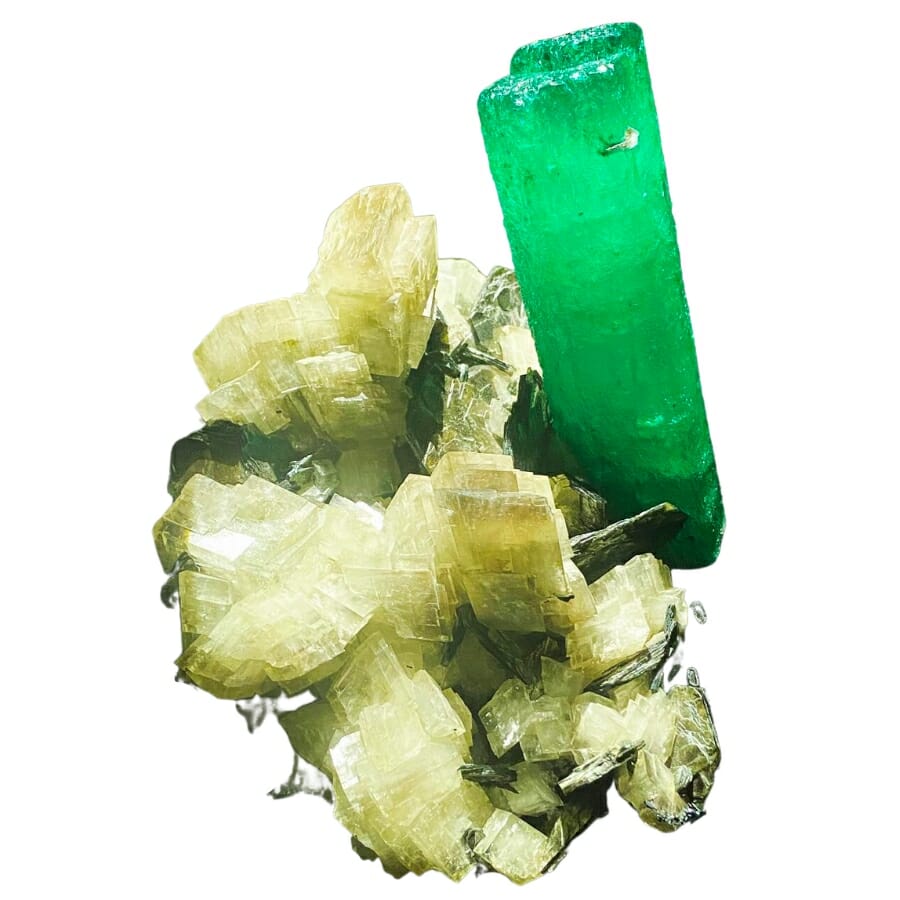
Jade and emerald each have special locations where they’re typically found. These locations are tied to the unique conditions needed for their formation.
Jade is found in several places around the globe. Myanmar (formerly Burma) is famous for producing top-quality jadeite. It’s also found in Guatemala, Russia, and Kazakhstan. Nephrite, on the other hand, is a bit more widespread. It’s found in locations like China, New Zealand, Russia, and even parts of the United States and Canada.
Emeralds have a more selective list of locations. Colombia is the world’s major source of emeralds and is known for its high-quality stones. Emeralds are also found in Zambia, which is the second biggest producer, and in Brazil, Zimbabwe, and Madagascar.
Check out our guide on the different great places for rockhounding near you and the gem mine sites near you where you can find jade or emerald.
Price – Top-quality Jade is one of the most expensive gems in the world
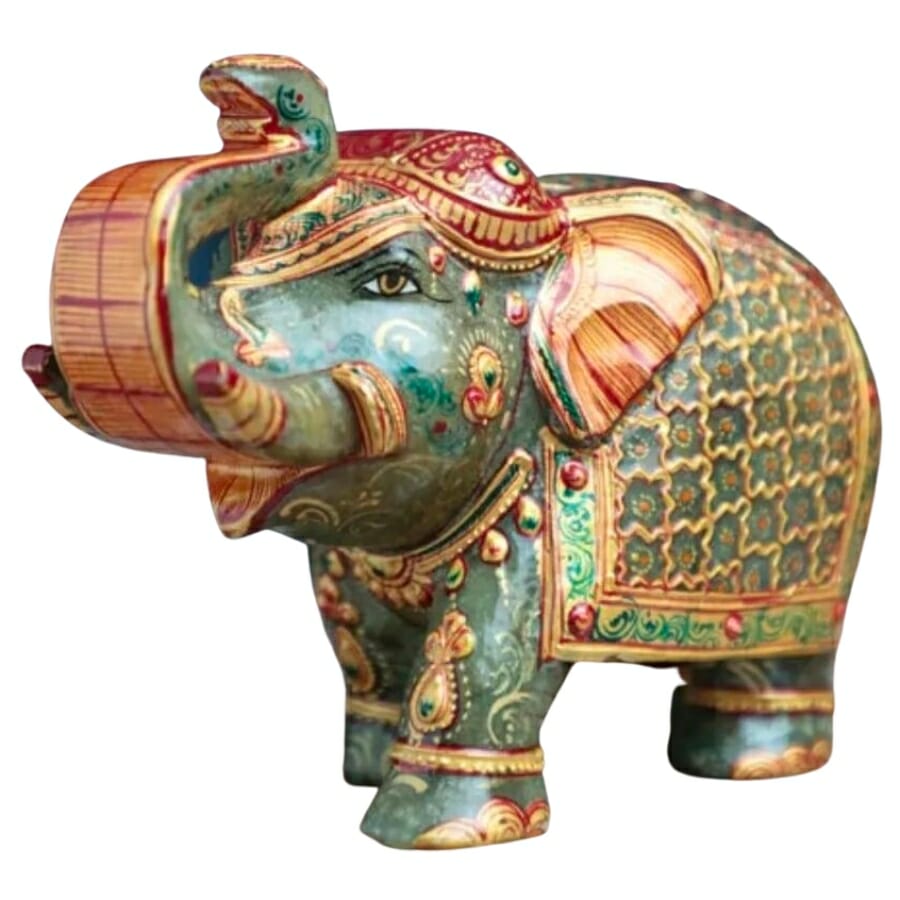
Factors like quality, size, and where they come from can all affect how much gemstones cost, and jade and emerald are no different.
The price of jade can vary greatly depending on whether it’s jadeite or nephrite. Jadeite is typically more valuable. In fact, top-quality jadeite, especially the intense green variety known as “Imperial Jade,” is one of the most expensive gems in the world. Nephrite is usually less pricey, making it more accessible to many people.
Emeralds are also generally quite valuable, with high-quality stones fetching high prices. The price of an emerald can also go up if it’s big and doesn’t have a lot of inclusions, which are considered flaws or imperfections.
Overall, though, emeralds are generally more consistently priced than jade.
Jade Vs Emerald – The Similarities
Despite the many differences between jade and emerald, they still share a handful of similarities. Specifically, these equally-stunning gemstones are similar in the following:
Streak – Both Jade and Emerald leave a white streak
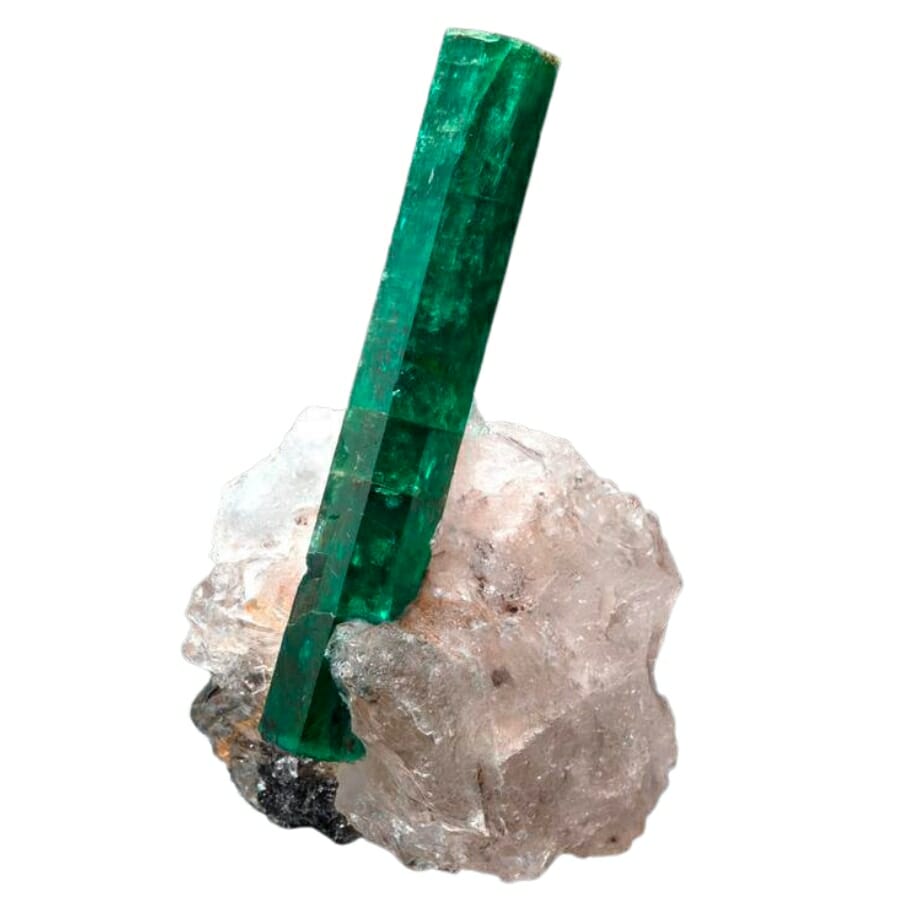
Streak refers to the color of a mineral’s powder when it’s rubbed on a rough surface. It’s like the color of the chalk mark a gemstone might leave behind. In this case, jade and emerald are similar because they both leave a white streak.
If you were to rub a piece of jade across a rough surface, it would leave behind a white or colorless streak. This is because the tiny particles that make up the streak don’t let light pass through them, so we don’t see the gem’s color in the streak.
The same goes for emeralds. Despite their rich green color, they also leave a white streak when rubbed on a rough surface. Its green color doesn’t appear in the streak for the same reason it doesn’t in jade.
While the thought of rubbing your precious gemstones on a rough surface might make you cringe, it’s a helpful tool for gemologists in identifying different minerals.
Magnetism – Neither Jade nor Emerald is magnetic
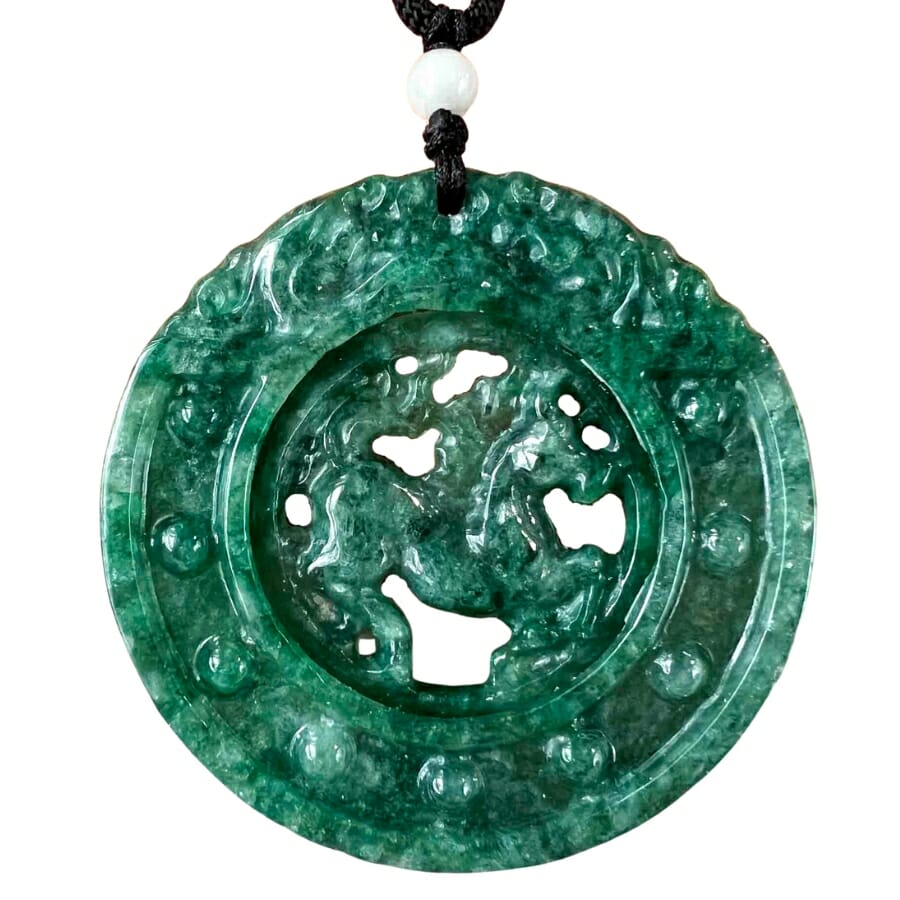
We often associate magnetism with things like fridge magnets or compass needles, but did you know it can also apply to gemstones? Both jade and emerald share a similarity in this aspect— they’re generally not magnetic.
Jade doesn’t typically react to magnets. This is because the elements that makeup jade, such as sodium, aluminum, and iron in jadeite, and calcium, magnesium, and iron in nephrite, aren’t arranged in a way that creates magnetic properties.
Emeralds are also not usually attracted to magnets. Even though they have iron atoms in their structure, the iron isn’t present in quantities high enough or in the right arrangement to make it magnetic.
Conductivity – Both are poor conductors
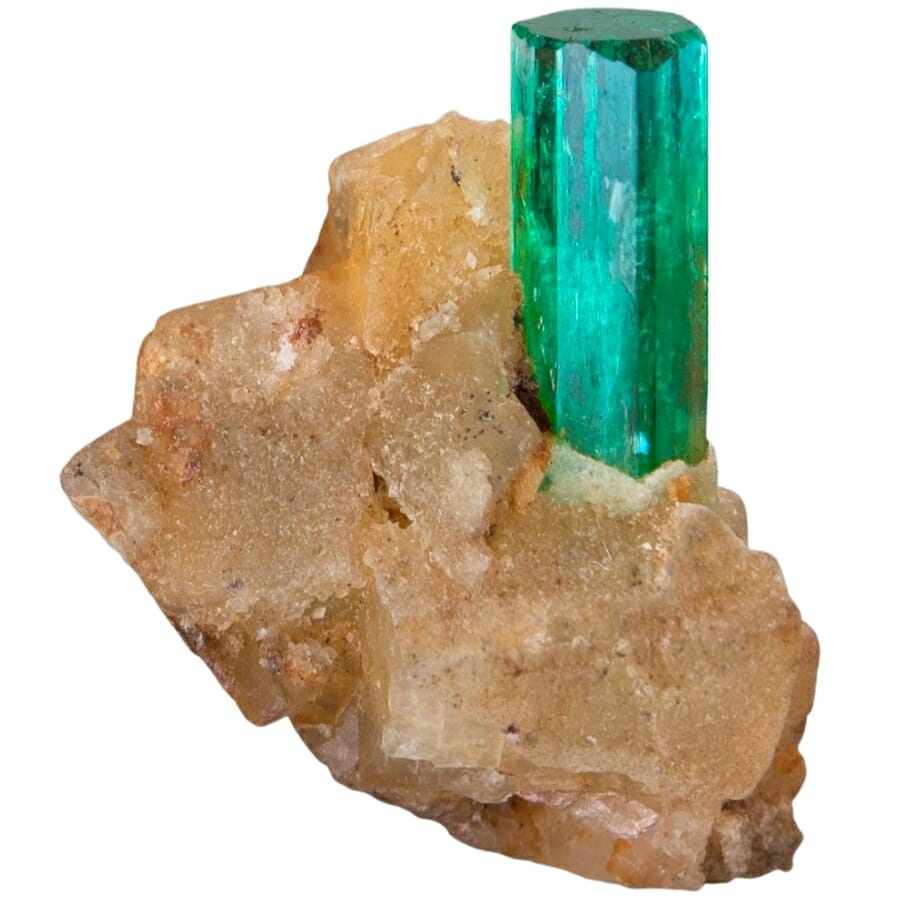
Conductivity in gemstones refers to their ability to transfer heat or electric current. Jade and emerald are both generally poor conductors.
Jade doesn’t conduct heat or electricity very well because its elements, like sodium, aluminum, iron, calcium, and magnesium, are bound up in complex structures that prevent the easy flow of heat or electricity.
Similarly, emeralds are also poor conductors. Their structure is made up of beryllium, aluminum, silicon, and oxygen, with small amounts of chromium and sometimes vanadium. This arrangement of atoms doesn’t allow for good conductivity.
So if you’re holding a piece of jade or an emerald in your hand, you’ll notice that it feels cool. This is because they’re not conducting your body heat away very quickly. And they certainly won’t be conducting electricity anytime soon!
The Easiest Ways To Tell Jade and Emerald Apart
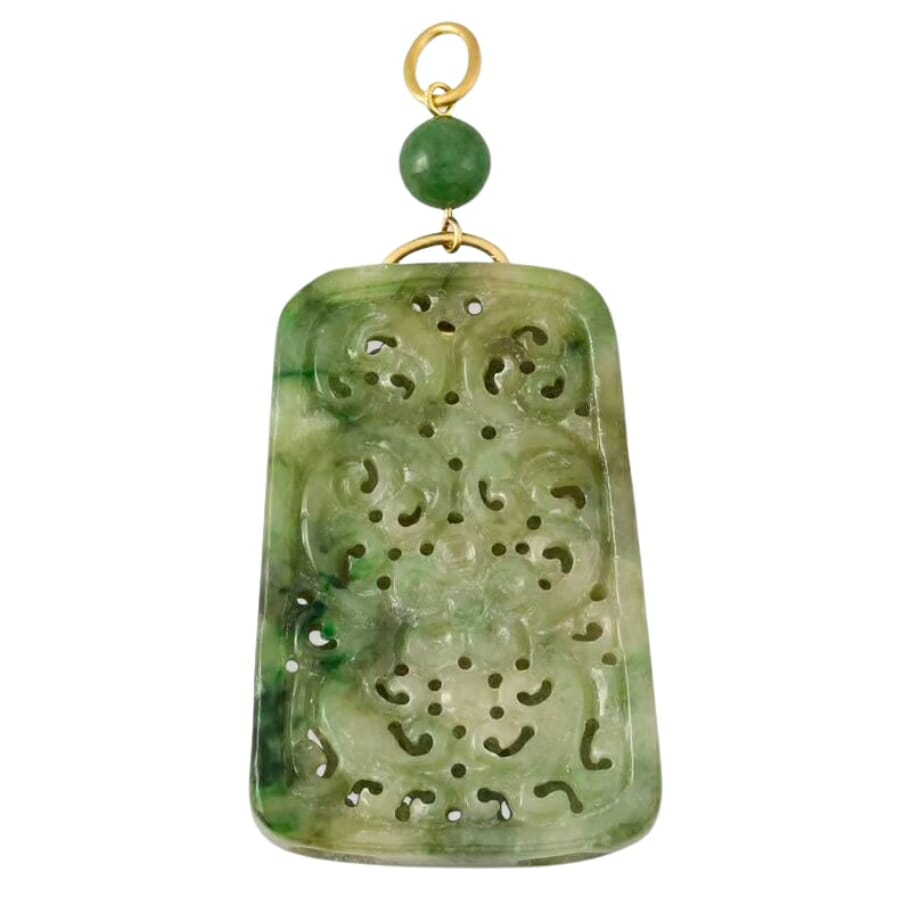
If you’re in possession of a gemstone that’s probably one of jade or emerald, our discussion of their differences and similarities above will help you in determining which of which it is.
But if you need more practical tips on how to tell jade and emerald apart, you can do the following simple tests:
Pay very close attention to its color
Emeralds are usually a rich, vibrant green. Its color can range from a lighter, grassy green to a deep, dark green.
On the other hand, jade comes in a variety of colors, but the most common is a type of green. However, jade’s green is usually more subdued and can range from very pale, almost white green to deep spinach green.
Check for inclusions and observe their transparency
Emeralds are often somewhat transparent to translucent, meaning you can see into them, and sometimes even see through them if they’re very thin. Jade is usually opaque to translucent, which means you can’t see through it, and it can often have a waxy or greasy luster.
Another clue is the presence of inclusions or flaws inside the gem. Emeralds often have inclusions that can be seen with the naked eye. Jade, especially high-quality jadeite, is usually pretty clean and doesn’t have many visible inclusions.
Notice how it feels to the touch
The feel of the gemstone can also be a good indicator that will help you identify what it is.
Jade is very smooth and can even feel “soapy” or greasy. This is because of its fine-grained crystal structure and its somewhat waxy luster. It’s also a very dense stone, so a piece of jade may feel heavier than you’d expect for its size.
Emeralds, on the other hand, don’t have this feel. Their surface can feel smooth, but it tends to be a bit more glass-like due to its higher luster. Also, emeralds are generally not as heavy as jade, so it may feel a bit lighter on your hand.


